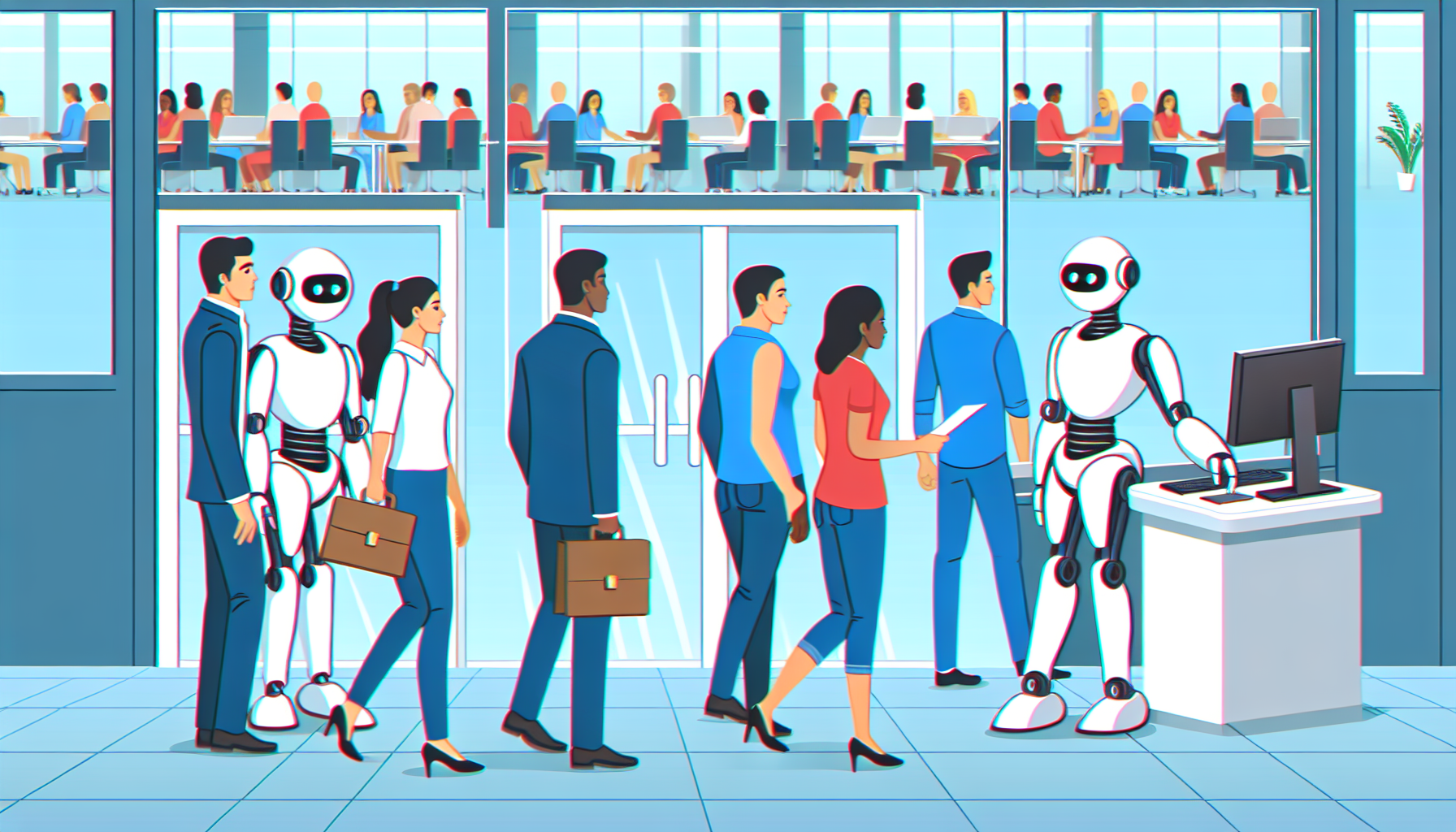A Practical Guide to Automating Employee Onboarding Processes
Understanding Employee Onboarding
Employee onboarding is a crucial process that helps new hires acclimate to their roles and the organizational culture. A well-structured onboarding experience can lead to greater job satisfaction, reduced turnover, and enhanced productivity. Automating this process can streamline administrative tasks, facilitate smoother transitions, and ensure consistency in training and orientation.
Benefits of Automating Employee Onboarding
-
Efficiency Gains: Automating repetitive tasks frees up HR personnel to focus on strategic initiatives. Tasks such as scheduling training sessions, sending reminders, and processing paperwork can all be handled digitally.
-
Improved Compliance: Automated systems ensure that all required documents are completed and stored correctly. This reduces the risk of compliance issues and keeps you audit-ready.
-
Enhanced Employee Experience: Personalized onboarding experiences can be created using automation. Custom workflows can guide new employees through essential sign-up processes, training, and engagement activities.
-
Data-Driven Insights: Automated systems can gather and analyze onboarding data, allowing HR teams to assess the effectiveness of onboarding programs and make data-driven decisions.
Key Elements to Automate in Onboarding
-
Document Management: Use an automated document management system to handle contracts, tax forms, and nondisclosure agreements. Platforms like DocuSign or Adobe Sign facilitate digital signatures and storage.
-
Training Programs: Learning Management Systems (LMS) can automate the distribution of training materials and track the progress of new hires. Consider platforms like Moodle or Cornerstone OnDemand to create courses.
-
Task Management: Use project management tools to create checklists that new hires can complete at their own pace. Tools like Asana or Trello can help in task tracking.
-
Communication Workflows: Automate onboarding communication via email templates and scheduled messages. Systems like Slack or Microsoft Teams can also be integrated for real-time collaboration.
-
Feedback Collection: Utilize automated surveys to collect feedback from new hires about their onboarding experience. Google Forms and SurveyMonkey can help you gather insights quickly.
Steps to Automate Employee Onboarding
-
Analyze Current Processes: Begin by mapping out your existing onboarding process to identify bottlenecks and areas for improvement. Engage current employees to gather feedback on pain points they experienced during onboarding.
-
Choose the Right Tools: Research and select the appropriate software solutions that meet your needs. HR platforms like BambooHR, Workday, and Gusto offer integrated solutions for onboarding.
-
Develop Automated Workflows: Create workflows that guide new hires through the entire onboarding journey, from accepting the offer to completing training. This can include timelines for tasks and deadlines for various onboarding components.
-
Create and Curate Content: Develop training modules, company policies, and introductory resources. Utilize video recordings, welcome kits, and interactive tutorials to make the onboarding experience engaging.
-
Implement an Onboarding Buddy System: Pair new hires with experienced employees using an automation system to facilitate social connection and mentorship within the company.
-
Launch and Communicate: Roll out your automated onboarding process smoothly, ensuring that all stakeholders are aware and prepared for the new system. Consider a soft launch with a small cohort of new hires for initial testing.
-
Monitor and Optimize: Continuously monitor the effectiveness of the onboarding process using metrics such as employee retention rates, time-to-productivity, and survey responses. Make necessary adjustments based on feedback and performance data.
Best Practices for Effective Automation
-
Keep Up with Technology: Stay updated on the latest onboarding technology trends. Regularly evaluate tools for new features that could enhance your onboarding process.
-
Choose User-Friendly Platforms: Opt for intuitive software that requires minimal training for both HR and new employees. The user experience should be seamless to encourage participation.
-
Make it Personal: While automating, ensure that the onboarding experience retains a personal touch. Customize messages and training based on roles, departments, and individual preferences.
-
Set Clear Expectations: Clearly communicate timelines and expectations to new hires to foster engagement. This includes outlining goals for completion of various onboarding stages.
-
Encourage Ongoing Feedback: Create mechanisms for ongoing feedback about the onboarding process. This can help to refine the system continuously and make necessary changes.
Challenges to Overcome
-
Resistance to Change: Employees may be hesitant to adapt to new systems. Provide thorough training and resources to ease the transition.
-
Technical Issues: Preemptively identify potential technical challenges by rigorously testing the new onboarding system before full deployment.
-
Information Overload: Avoid overwhelming new hires with too much information at once. Break down onboarding materials into manageable segments to help them assimilate effectively.
-
Integration with Existing HR Systems: Ensure the automated onboarding solution can seamlessly integrate with existing Human Resource Information Systems (HRIS) to maintain data consistency.
Measuring Success Post-Automation
-
Retention Rates: Monitor employee retention in the first year, as successful onboarding often correlates with longer employee tenure.
-
Time to Productivity: Measure the average time it takes for new employees to reach full productivity. This helps assess the effectiveness of the training materials and workflows.
-
Employee Satisfaction Surveys: Implement surveys post-onboarding to gauge employee satisfaction with the process. Regularly revising survey questions can yield fresh insights.
-
Utilization Rates of Tools and Platforms: Track how often onboarding tools and resources are used by new hires to determine engagement with the materials provided.
By adopting these strategies and continuously refining the automation process, organizations can create a robust onboarding experience that not only integrates new employees seamlessly but also enhances overall organizational effectiveness.


